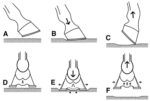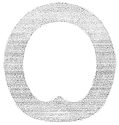Advertise Follow Us
Articles Tagged with ''Lamesness''
It's The Whole Package That Counts
By combining the results of numerous research studies, you'll end up with hoof-care packages that are much more valuable than just the sum of the parts alone
Read More
The Right Shoe
Still Another Option With Bar Shoes
Here's an easy solution when ready-made bar shoes aren't just right
Read More








